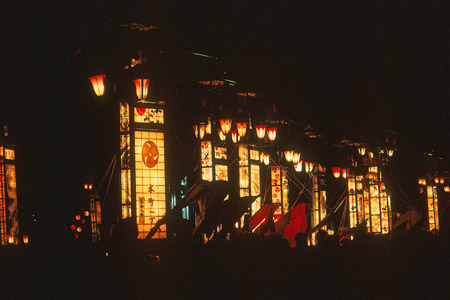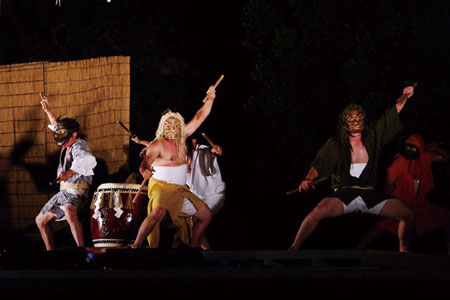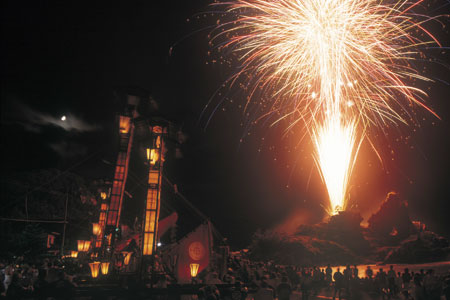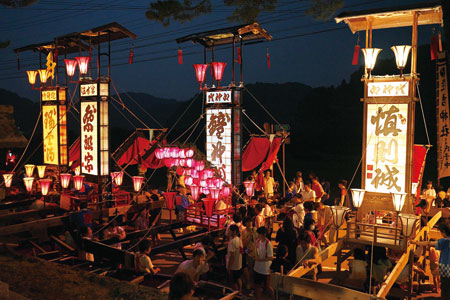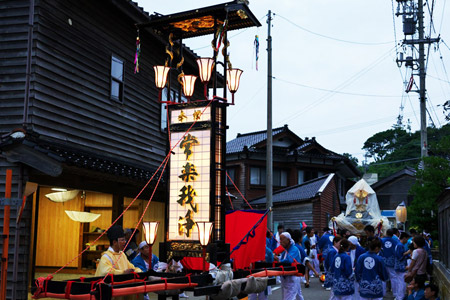Travel to the west from the central area of Wajima City. You will see an area surrounded by bamboo fences to protect the houses from strong winds from the sea. In the Monzen area, there is Zen museum where you can learn about the history of Zen Buddhism. In the central area of Wajima, visit craftsmen’s studios and the Wajima Urushi Art Museum to enjoy the beauty and techniques of Wajima lacquerware.
Drive to Monzen
Enjoy the beautiful landscape of the coastal area and learn about the history and culture of Zen Buddhism at “Zen-no-sato”.

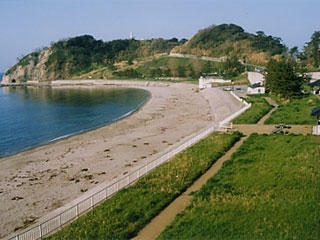
Unlike many parts of the coast on the western side of the Noto Peninsula, this beach is sandy, and its water is shallow. During the Wajima Grand Festival, the portable shine of Okitsuhime Shrine is carried into the sea from this beach.
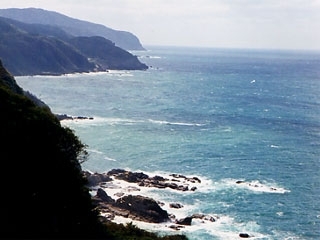
This dynamic part of the coastline has 80m-high cliffs and a reef, which includes interesting rock formations that resemble a couple, an elephant’s nose and a tatami mat.
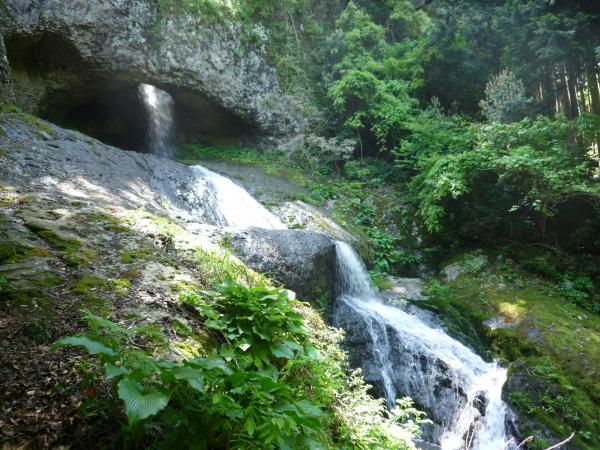
Water cascades down from a hole in the rock. It looks as if the bottom has fallen out of a tub.
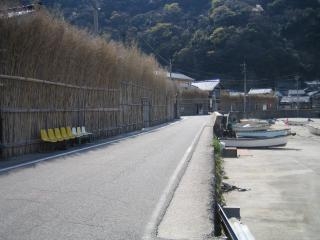
Bamboo fences are used to protect houses from salty winds from the Sea of Japan in winter and to block strong afternoon sunlight in summer. This area was used as the location for the TV drama “Mare”.
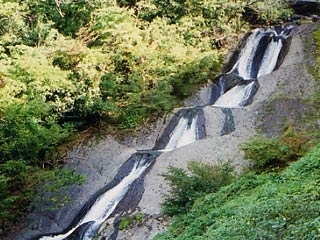
Medaki Falls (“female falls”) that flow slowly and Odaki Falls (“male falls”) that flow quickly form this beautiful waterfall on terraced rocks.
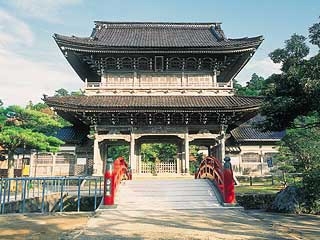
This temple was constructed in 1321 as one of the headquarters of the Soto sect of Zen Buddhism. After the buildings were damaged by a fire and the temple was moved to Yokohama, it was restored and became a regional temple. The main gate, Buddha hall and lecture hall, which were constructed using only zelkova wood, have a dignified atmosphere.
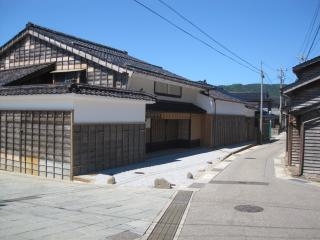
This is the house of a wholesaler who dealt with goods transported by Kitamae trading ships in the olden days. The size of the house and the treasures stored in it show that the business was successful.
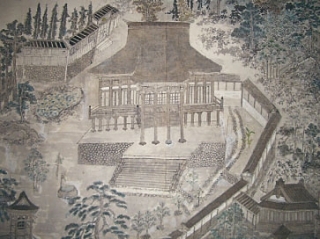
The largest and oldest temple of the Shinshu sect of Buddhism in northern Noto. The main building with a thatched roof has a sublime atmosphere.
Access from Tokyo
- Noto Satoyama Airport▶ Furusato taxi ▶ Wajima City
- Hokuriku Shinkansen ▶ JR Kanazawa Station to Wajima City by express bus ▶ Wajima City
Recommended link
Sightseeing
Food
Accommodation
Public Accommodation
Guesthouses belonging to Ishikawa Prefecture Guesthouse Association

